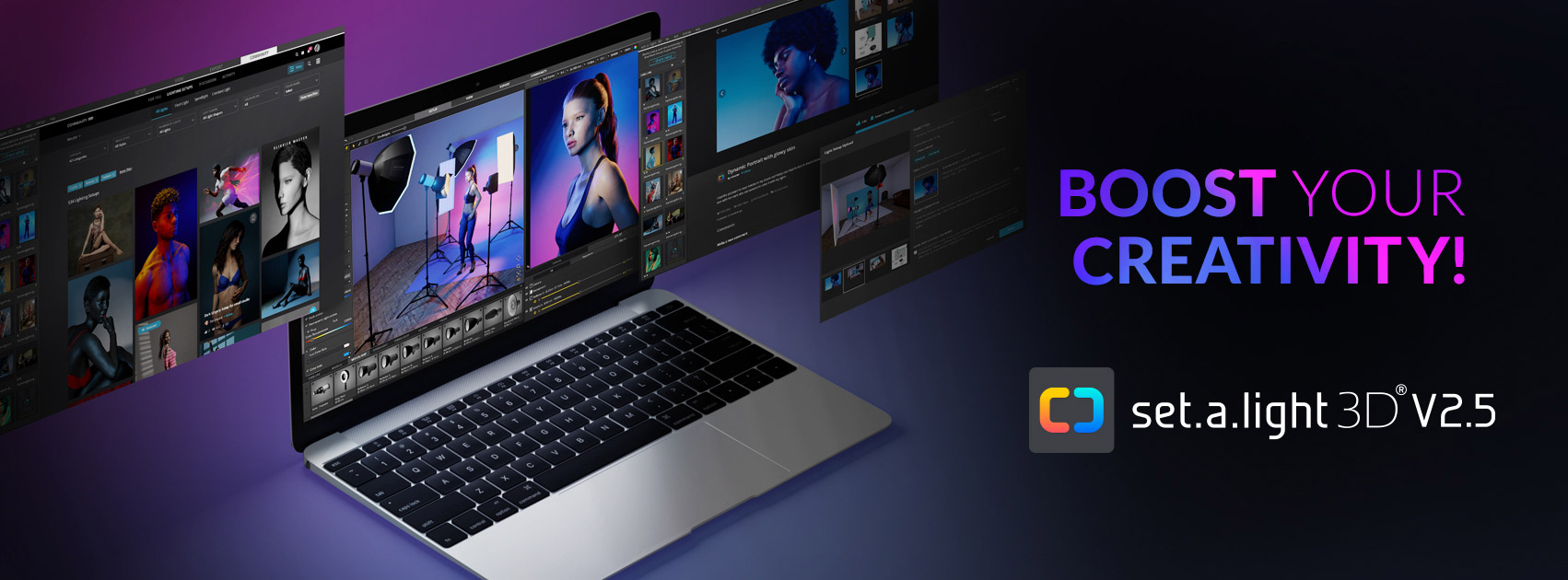Panasonic Lumix S1 II: A Video-Centric Hybrid That Redefines Expectations
Panasonic has expanded its full-frame mirrorless lineup with two new models: the Lumix S1 Mark II and the S1 Mark IIE. Released soon after the Lumix S1R Mark II, these new entries represent a strategic evolution in Panasonic’s camera offerings. While the S1R II—with its 40MP sensor—leans slightly toward still photography, the Lumix S1 II is unmistakably aimed at videographers and hybrid shooters prioritizing advanced video functionality. In fact, some reviewers suggest it could be seen as the spiritual successor to the S1H, despite not carrying the “H” designation.
Next-Gen Imaging: A New Sensor at the Core
At the heart of the Lumix S1 II lies a brand-new 24.1MP partially stacked BSI CMOS sensor. Panasonic says this marks the sensor’s debut, and the design brings significant performance gains—especially in readout speed, which is 3.5 times faster than traditional CMOS sensors. This translates into better rolling shutter control, improved autofocus tracking, and more responsive high-frame-rate recording. The camera also boasts dual native ISOs (640 and 5000 in V-Log), with a shift to ISO 1000 in Dynamic Range Boost mode.
Video First: A Feature-Rich Powerhouse
The Lumix S1 II is built for serious video creators, offering a suite of pro-level features that set it apart in the hybrid market.
-
Open Gate RecordingRecord in full sensor width with 6K Open Gate at up to 30fps, 5.1K at 60fps, and 4.8K at 60p in a 4:3 ratio. The 5.1K mode is oversampled from 6K, ensuring sharp detail and low noise. This flexibility is ideal for reframing in post or delivering content in multiple aspect ratios.
-
High Frame Rates & Internal CodecsRecord 5.9K at 60p without a crop, 4K up to 120fps (slight crop), and Full HD up to 240fps (no crop, 10-bit). Formats include H.264, H.265, ProRes, and ProRes RAW, with internal RAW up to 5.8K 30p to CFexpress.
-
Robust External OptionsA full-size HDMI port enables RAW output for ProRes RAW (Atomos) or BRAW (Blackmagic Video Assist). The USB-C port allows direct recording to SSDs, and in-camera transfers between CFexpress, SD, and SSDs add convenience.
-
Anamorphic SupportIncludes 4:3 recording, CS4K format, in-camera desqueeze (monitor-dependent for HDMI), and dedicated image stabilization for anamorphic shooting.
-
32-Bit Float AudioWith the optional XLR2 adapter, the S1 II records 32-bit float audio, outperforming rivals like the Sony FX3, which requires its own separate handle module.
-
Professional Monitoring ToolsWaveforms, vector scopes, false color, tally lamps, and internal proxy recording are all built in. Frame.io sync and a new baked-in color profile, Cinelike A2, enhance workflow and color flexibility.
-
Dynamic Range & ColorV-Log offers 14+ stops of dynamic range, extendable to 15+ with Dynamic Range Boost. Panasonic also plans to add ARRI LogC3 via firmware—a notable upgrade for high-end workflows. Early tests suggest strong low-light performance and decent recovery from underexposure, though color shifts (green tint at -3 stops) are present.
-
Rolling Shutter ImprovementsThanks to the faster sensor, rolling shutter is much less noticeable than on the S1R II.
Photography Still Matters
Despite its video focus, the S1 II is a competent stills camera. Its 24.1MP sensor supports 10fps mechanical and 70fps electronic bursts, with blackout-free shooting. Features like 1.5s pre-burst, a 96MP high-res mode, Live Composite, and full Capture One tethering support make it a solid choice for hybrid creators.
Autofocus & Stabilization: Smarter, Steadier
The updated phase-detect AF system includes eye, face, and subject tracking, along with a new “urban sports” mode designed for fast-moving subjects. While improved over previous models, some reviewers report inconsistencies, especially in complex scenes. Object tracking is now separated from standard AF, switchable via custom buttons.
The S1 II also excels in stabilization, offering up to 8 stops of IBIS, plus EIS High Mode. Many consider its stabilization among the best in class.
Refined Body, Intuitive Design
Sharing its body and layout with the S1R II, the S1 II features:
-
A 5.76m-dot OLED EVF (0.78x)
-
A 3.0" 1.84m-dot vari-angle LCD
-
Dual card slots (CFexpress Type B + UHS-II SD)
-
Full-size HDMI, mic/headphone jacks, USB-C, and an accessory terminal
-
A sensor shield and an updated mode dial with seven custom banks each for stills, video, and S&Q
The weather-sealed body is smaller than the original S1, yet still robust and intuitive. A Varicam-style UI and second-screen external display support make it even more flexible.
Connectivity: Ready for Modern Workflows
The S1 II integrates with the Lumix Lab and Lumix Flow apps for remote control, video mirroring, LUT libraries, and second-display monitoring. It supports:
-
Bluetooth 5.0
-
5GHz/2.4GHz Wi-Fi
-
Bluetooth timecode sync (with ATOMOS UltraSync)
Lumix S1 IIE: Streamlined, Accessible
Alongside the S1 II, Panasonic released the S1 Mark IIE—a more budget-friendly version. It shares the same body, processor, and core features, but uses the sensor and recording specs of the S5 Mark IIX. Priced at $2,799 US, it offers a capable alternative for creators who don’t need all of the S1 II’s pro-level features.
New Lens: Compact and Versatile
Panasonic also introduced the Lumix S 24–60mm f/2.8 constant-aperture zoom. Smaller than the 24–70mm f/2.8, it’s parfocal, shows minimal focus breathing, and includes customizable focus controls—even with primes. Priced at $899 US, it’s an excellent match for hybrid work.
Market Positioning & Final Thoughts
The Lumix S1 II enters a competitive field, with its closest rival being the Nikon Z6 III. Both use a 24MP partially stacked sensor, but Panasonic’s implementation offers more robust video features, superior IBIS, Open Gate recording, and a more flexible articulating screen. The S1 II’s V-Log implementation is also favored over Nikon’s N-RAW. While the Z6 III undercuts it in price, Panasonic justifies the S1 II’s $3,199 US / £2,899 / €3,499 body-only price with sheer feature depth. A 5-year warranty further reflects the brand’s confidence.
For serious hybrid shooters—especially those focused on video—the Lumix S1 II offers a compelling blend of innovation, usability, and future-proofing.













0 comments:
Post a Comment